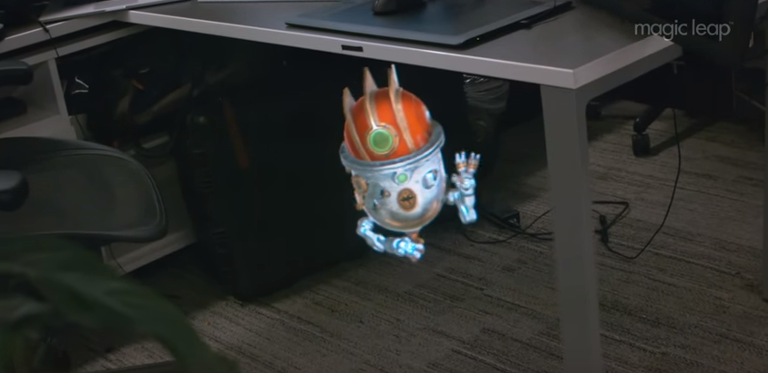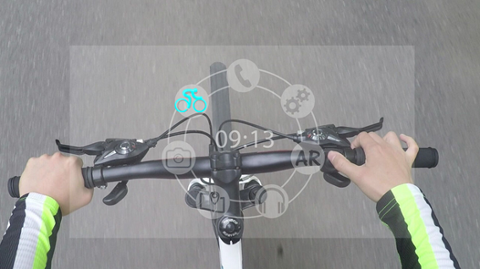Breaking Into Augmented Reality
Magic Leap, the augmented reality (AR) startup that received more than $500 million in venture funding from Google and other venture capitalists, recently decided to show off some of its technology in a new YouTube video. While Magic Leap’s investors obviously hope its technology will conquer the market for augmented reality, which layers digital imagery over a user’s surroundings, there could be a lot of competition from tech giants such as Microsoft, which is refining its own AR headset, the HoloLens. Although the next wave of AR products is still months (if not years) away from commercial release, interested developers can still play around with the technology, courtesy of a few SDKs already present in the wild. For example, there’s Qualcomm’s Vuforia, an SDK for building apps in both augmented- and virtual-reality; it features support for iOS, Android, and Unity 3D. Some developers also report positive experiences with the Wikitude SDK, which supports Google Glass and similar augmented-reality hardware, and plays well with mobile-development frameworks such as Unity 3D, Adobe PhoneGab, and Appcelerator’s Titanium. Until mid-2015, developers and software hobbyists had the option of playing around with Metaio, an augmented-reality toolkit that started life as an internal project at Volkswagen (of all places). In May, Apple acquired the startup and took its assets in-house, suggesting that the tech giant is interested in commercializing augmented reality in some way. Those new to augmented reality, but interested in working in the field, should consider study in the following areas:



